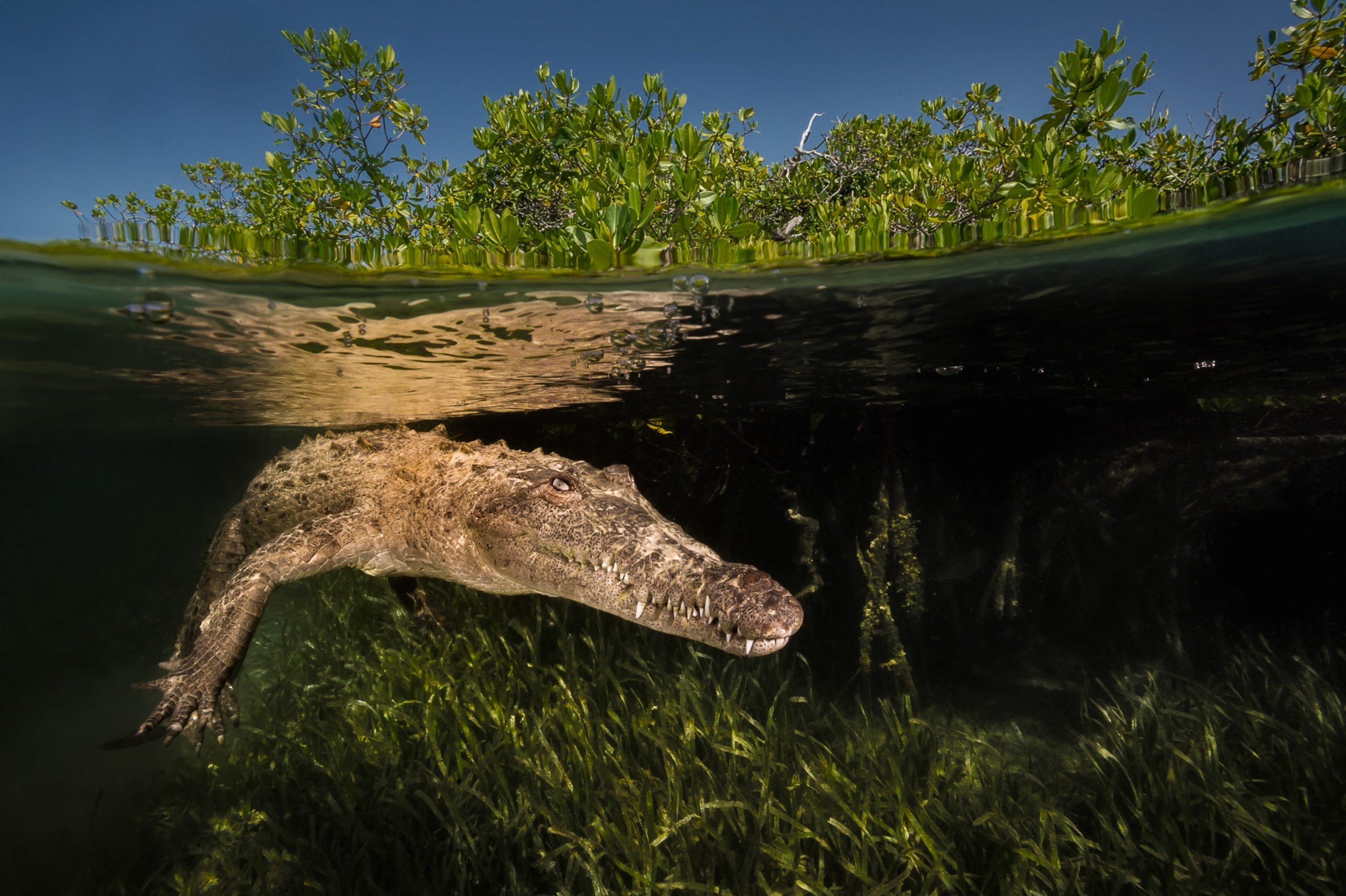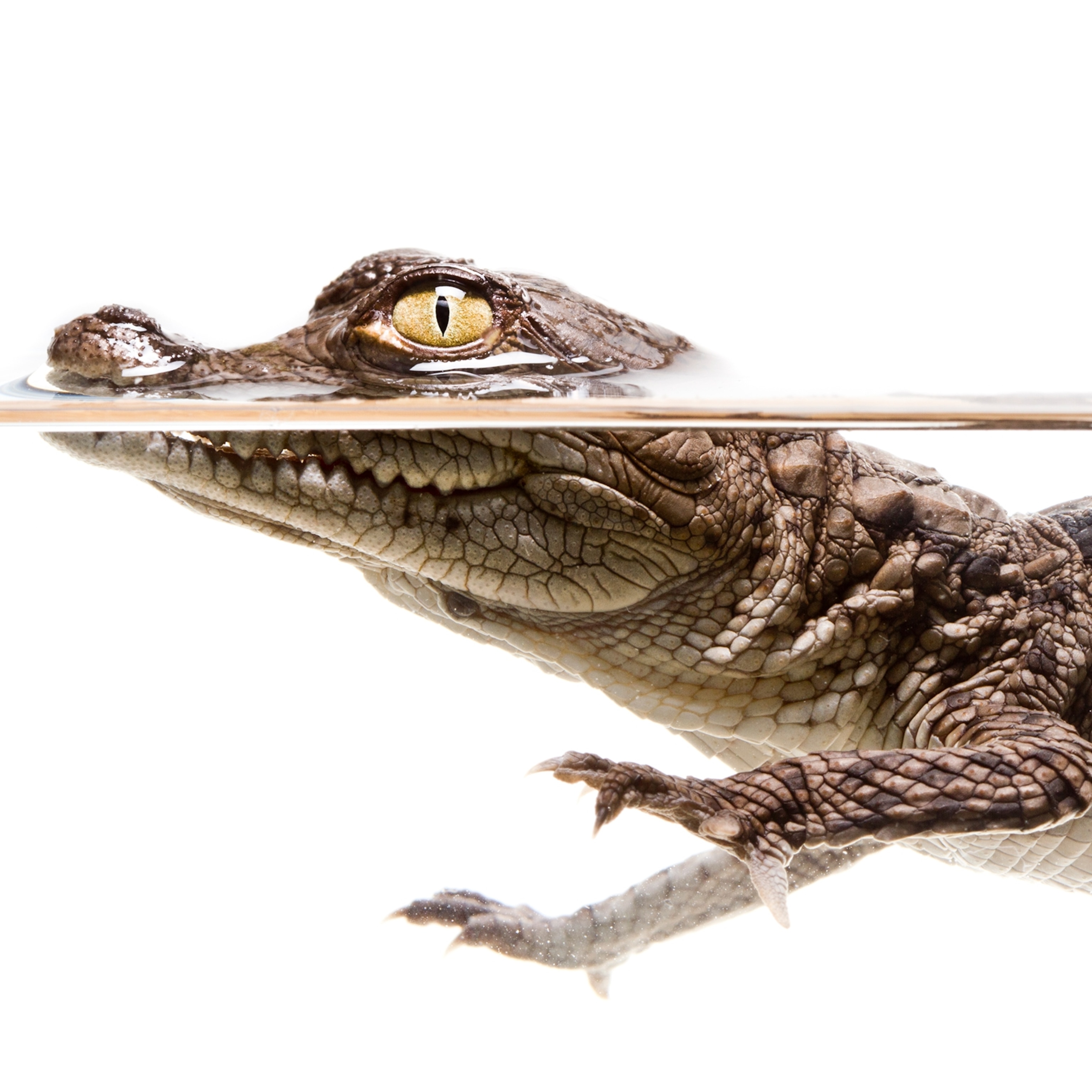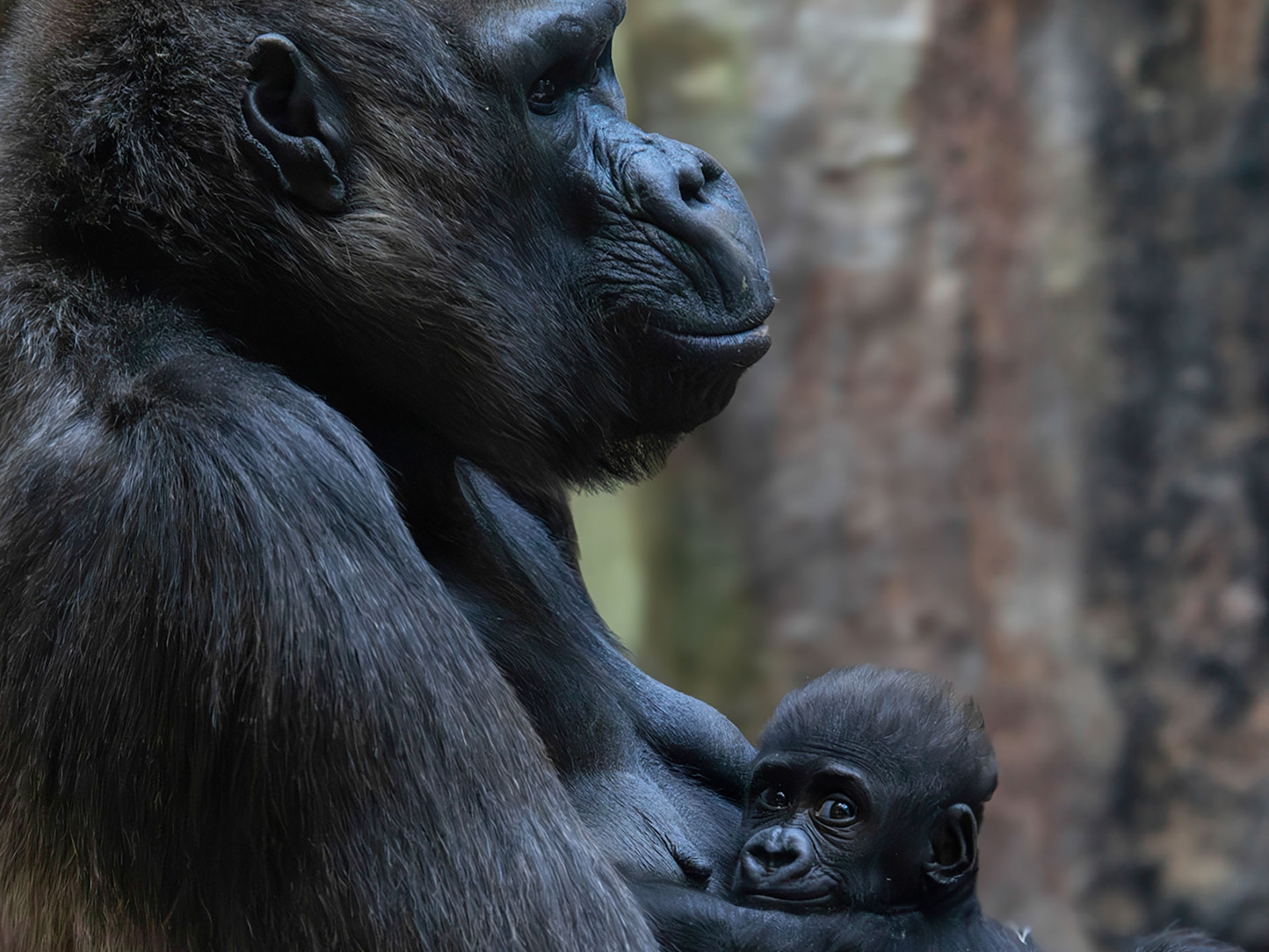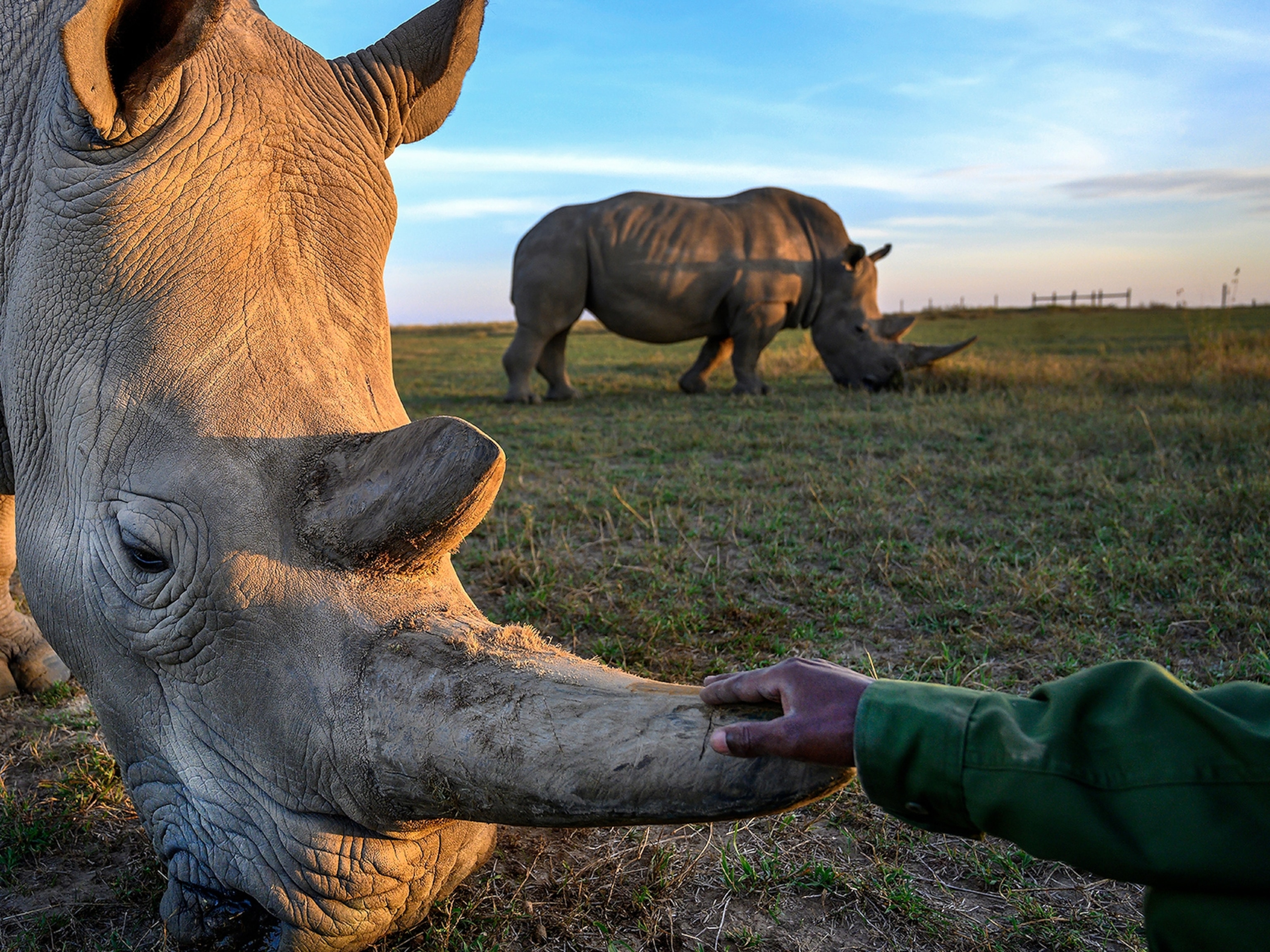
American crocodiles can have 'virgin births'—here’s what that means
This ability, called parthenogenesis, appears to be an ancient trait shared between crocodilians, birds, and dinosaurs. Which means part of Jurassic Park may actually have been able to happen.
Scientists have just discovered that female American crocodiles can produce offspring without males—a phenomenon known as facultative parthenogenesis, or “virgin birth."
While parthenogenesis has already been documented in a number of vertebrates both captive and wild, such as zebra sharks, whiptail lizards, pit vipers, and even critically endangered California condors, the strategy hasn’t been recorded in any crocodile species. The International Union for Conservation of Nature lists the American crocodile as vulnerable to extinction, though its numbers are increasing in parts of the Americas and the Caribbean.
“Over the years, we’ve realized that parthenogenesis is really quite widespread and common,” says Warren Booth, an urban evolutionary biologist at Virginia Tech and lead author of a recent study describing the discovery in Biology Letters.
Such asexual reproduction in normally sexually reproducing species occurs when certain cells produced with a female animal’s egg behave like sperm and fuse with the egg. (How some animals have ‘virgin births’: Parthenogenesis explained.)
The newest case was found in an 18-year-old crocodile on exhibit by itself at Parque Reptilandia in Costa Rica for approximately 16 years. And all that time, the keepers thought the animal was male—until one day it started acting uncharacteristically aggressive.
“They went in realized that it was not a male, but a female, and she was guarding a nest,” says Booth.
Confirmed half-clone
Of the 14 eggs the keepers found, seven appeared to be fertile and were placed in an incubator.
After three months, no eggs hatched. However, one egg did contain a fetus that was fully formed but ultimately non-viable.
Even though the crocodile had not been exposed to another member of its species for so long, there was a small possibility the pregnancy resulted from an extreme case of delayed fertilization. (Learn how an endangered fish can perform virgin birth.)
So, using a new genetic-analysis program created by study co-author Brenna Levine, the team compared the fetus’ DNA to the mother’s—confirming the fetus was a partial clone and therefore product of virgin birth.
“The genetic evidence speaks for itself,” says Matthew Fujita, a biology professor at the University of Texas at Arlington who recently conducted a review of parthenogenesis research.
“This is a very convincing case of facultative parthenogenesis,” says Fujita, who was not part of the new study.
Life finds a way
The newest example of parthenogenic reproduction is of particular importance because of where crocodilians, or reptiles that belong to the order Crocodilia, which includes crocodiles, alligators, caimans, and gharials, among other species, sit in the larger family tree.
“Birds and crocodiles are part of this ancient lineage called archosaurs,” says Booth.
Within the archosaurs, crocodilians are the oldest group, with pterosaurs and dinosaurs diverging later, and then birds descending from dinosaurs. If both crocodilians and birds—the most ancient and most recent lineages—are capable of parthenogenesis, those in the middle, such as pterosaurs and dinosaurs, would likely have had the trait, too. (Read how Jurassic Park got everything wrong about this iconic dinosaur.)
“I think it’s a very ancient trait that was never lost from the ancient lineages from which other organisms evolved,” says Booth.
Fans of the original Jurassic Park will remember that a key plot point in the film centered around the dinosaurs being able to reproduce on their own. Of course, this wasn’t supposed to be possible, because the scientists in the movie had engineered all the dinosaurs to be female. However, the twist comes when it’s revealed that they also used amphibian DNA to round out the “dino-DNA”, as some amphibians can switch sexes.
“What this actually shows is if there was a new Jurassic Park movie, there’d be no reason for them to go that far,” says Booth, who is a big fan of the franchise.
“They could simply say that it’s very likely that dinosaur DNA carried the gene variant that allows for parthenogenesis.”
Turtles next?
With the discovery limited to one captive animal, many questions remain.
“How often does this happen? Are the offspring going to be viable? Or, why aren’t the offspring viable if this does happen? What causes a female to produce offspring parthenogenetically? Why did it take 18 years for the female to do this?” wonders Fujita. (Read about the world's longest snake that experienced virgin birth.)
“All of these questions are not answerable, but would be very interesting to know.”
Fortunately, the odds of unearthing parthenogens are greater than ever before, thanks to a combination of more scientists looking for it, millions of animals in captivity via the pet trade, and better tools to help identify the phenomenon.
To that end, Levine has made her new program, ParthenoGenius, open access in the hopes that other scientists will use it to scan more genomes in search of evidence of parthenogenesis.
Next up, Booth says he expects to find hard evidence that turtles can reproduce through facultative parthenogenesis, too.
“I’ve been contacted a number of times over the years by pet owners that had female turtles that were on their own, and all of a sudden produced eggs, and those eggs hatched,” says Booth. “But we were never able to get the tissues.”








